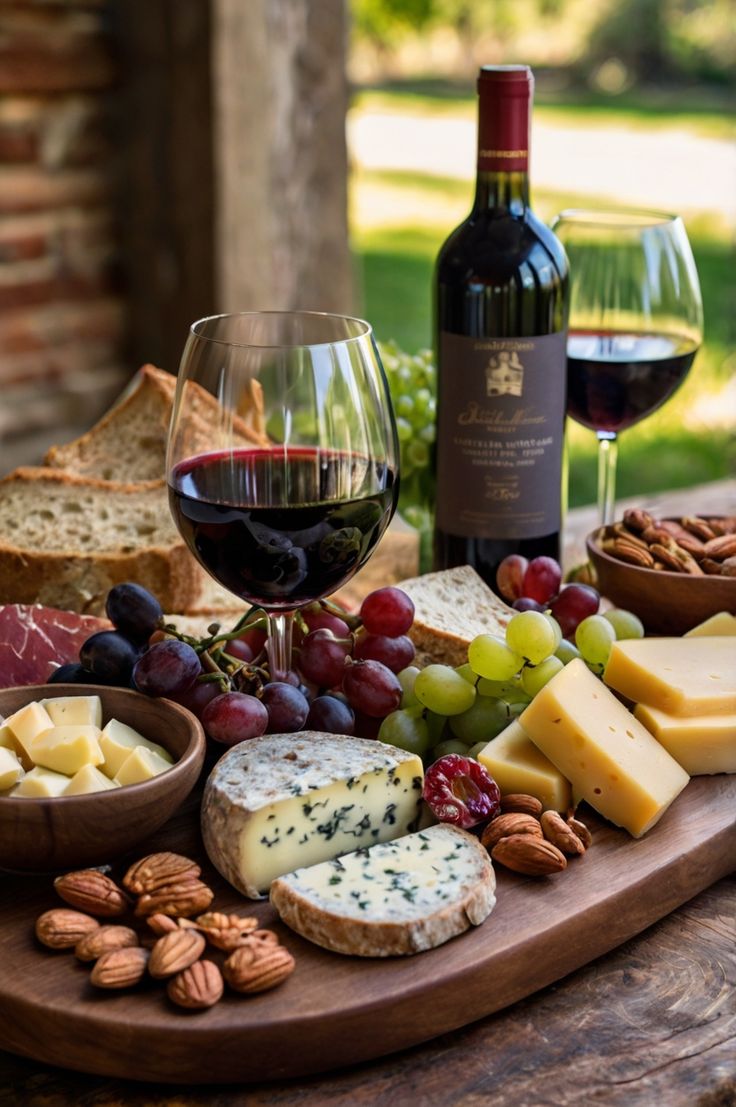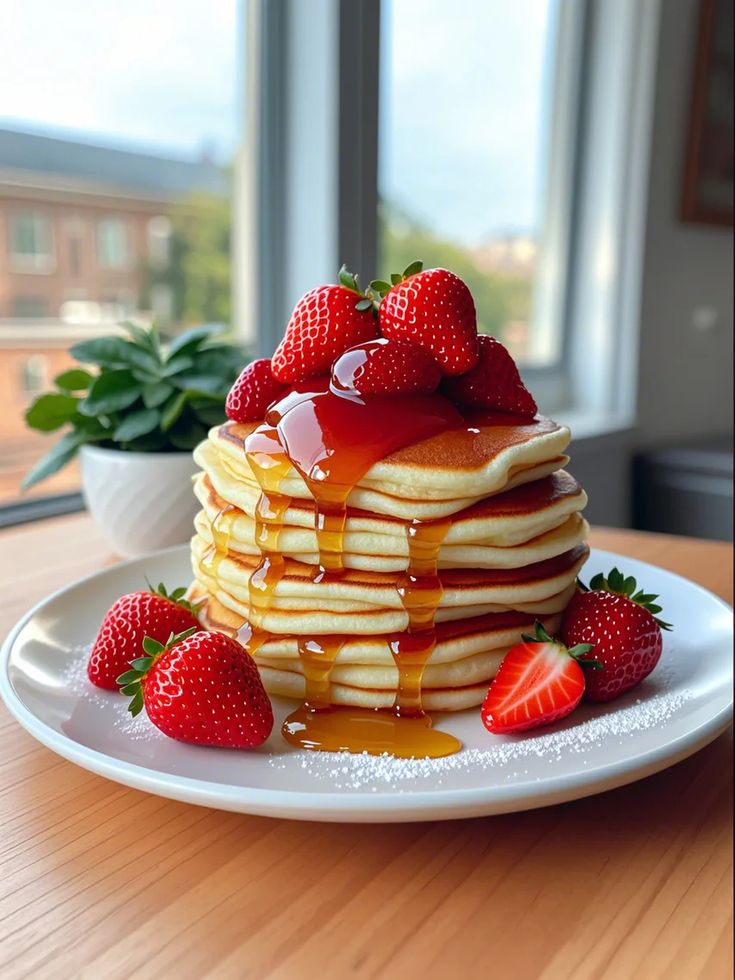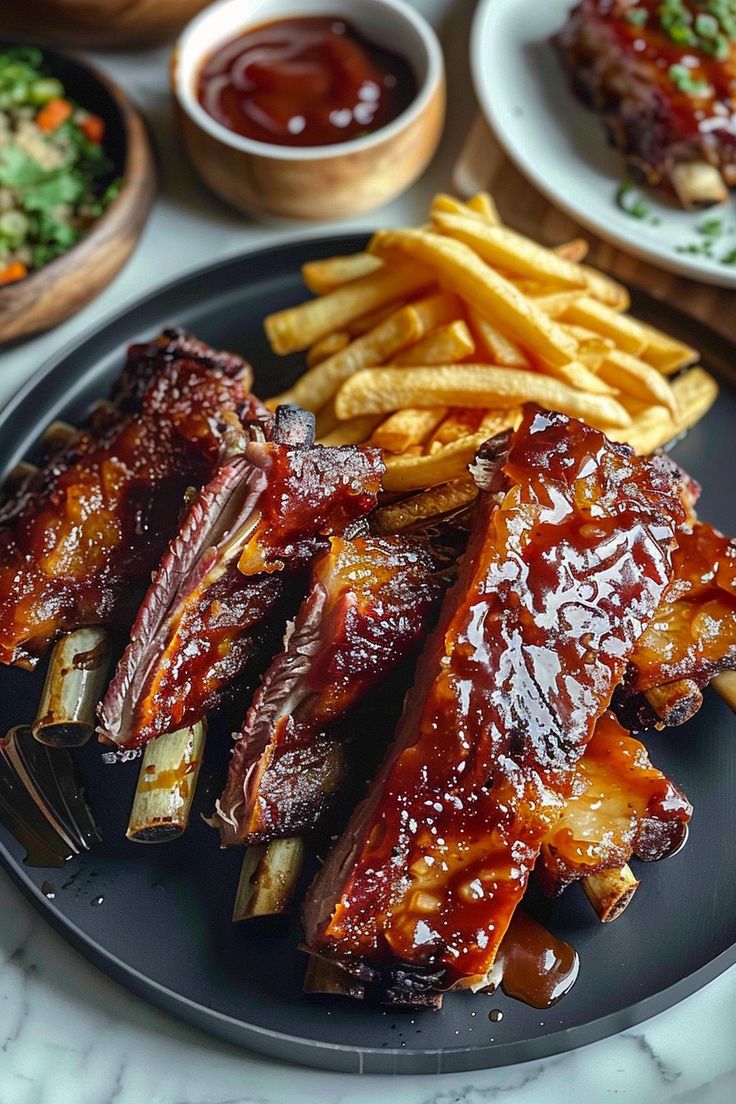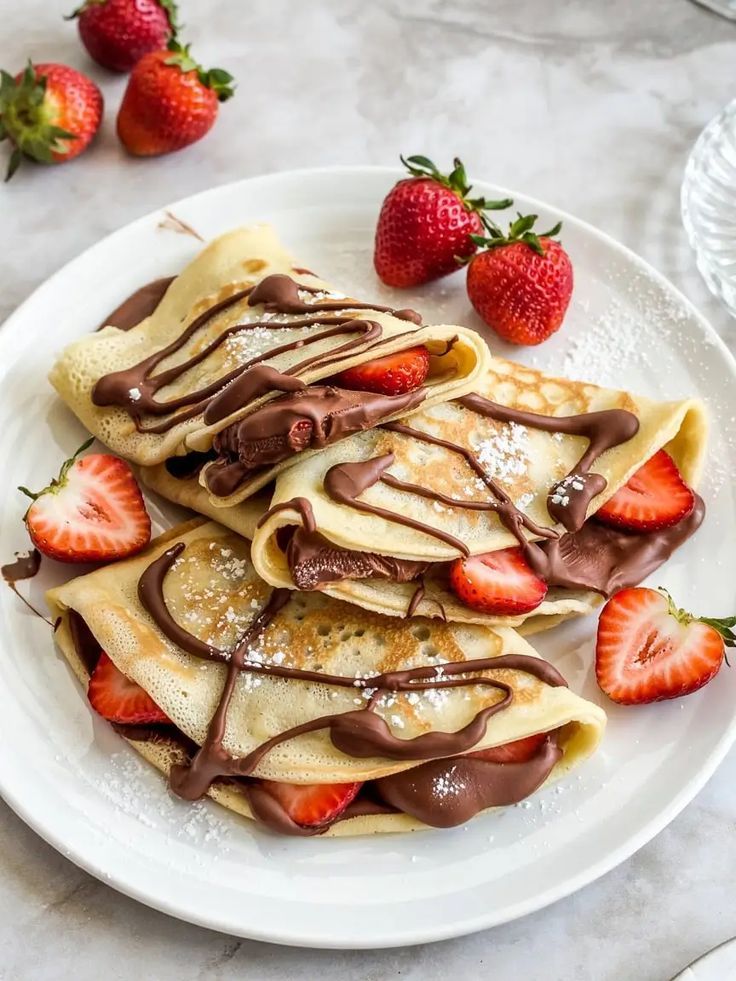When Food Becomes Fine Art

Remember when a charcuterie board meant some salami, cheese, and crackers artfully arranged on a wooden board? Those days feel quaint compared to today’s edible installations that rival museum exhibitions in their complexity and visual impact. Food styling has evolved from simple presentation to full-scale artistic expression, with social media-savvy hosts treating their dining tables like galleries.
This transformation reflects our culture’s increasing appetite for experiences over objects. According to food industry research from Technomic, spending on “experiential dining” has increased 78% since 2022, with visual presentation ranking as the top factor in social media sharing decisions. We’re not just feeding people anymore—we’re creating memories, conversation starters, and yes, Instagram gold.
The shift from traditional charcuterie to edible art installations represents something deeper than food trends. It’s about hospitality as performance art, where hosts become curators and dining becomes an immersive experience that engages all the senses.
The Architecture of Edible Installations

Creating food presentations that transcend ordinary entertaining requires thinking like a designer rather than just a cook. Consider height, texture, color theory, and visual flow the same way an interior designer approaches a room. Use varying levels—cake stands, books, or small bowls turned upside down under tablecloths—to create topographical interest that draws the eye across your display.
Color becomes your primary design tool. Instead of randomly placing colorful items, think about creating visual pathways and focal points. Group similar hues together, then use contrasting colors as accent points. A predominantly purple installation might feature various shades of grapes, blackberries, purple cauliflower, and lavender macarons, with pops of golden honey or white cheese as contrast points.
Texture adds the tactile element that makes installations feel dynamic. Combine smooth elements like glazed fruits with rough textures like crushed nuts or sea salt. Include both wet and dry components, creating visual variety that suggests different taste experiences. The interplay of textures creates depth that photographs beautifully and intrigues guests.
Consider the architecture of eating when designing your installation. Create logical progressions that guide people through different flavor experiences. Start with light, fresh elements and progress toward richer, more intense flavors. This approach ensures your visual masterpiece also functions as a coherent tasting experience.
Beyond Charcuterie: Themed Food Art Concepts

The most successful edible installations tell a story or evoke a specific mood. A “Mediterranean Sunset” theme might feature golden hours d’oeuvres like honey-drizzled figs, orange and pink heirloom tomatoes, golden olive tapenade, and pale rosé wine, all arranged to mimic the colors of a sunset over the sea.
Seasonal installations connect your presentation to the natural world. A spring installation might focus on green elements—asparagus spears, green goddess dip, pistachio macarons, and fresh herbs—arranged to suggest new growth and renewal. Autumn presentations could play with the rich browns, oranges, and golds of harvest season.
Consider installations inspired by art movements. A “Mondrian” presentation might feature geometric arrangements in primary colors—red cherry tomatoes, yellow bell pepper strips, blue cheese, with black olive tapenade creating the “lines” between color blocks. A “Van Gogh” installation might swirl different colored hummus varieties together with painterly strokes.
Cultural themes offer rich inspiration while respecting the authenticity of different cuisines. A Japanese-inspired installation might focus on the principles of ikebana—natural asymmetry, seasonal elements, and empty space as a design element—while featuring appropriate foods like edamame, sushi-grade fish, and pickled vegetables.
Photographing Your Edible Art

Since these installations are inherently Instagram-worthy, understanding basic food photography principles ensures your creation translates well to social media. Natural light remains the gold standard, but if that’s not available, soft, diffused artificial light works better than harsh overhead lighting.
Consider angles when designing your installation. Overhead shots work beautifully for geometric arrangements, while 45-degree angles better showcase height and texture variations. Create your installation with multiple viewing angles in mind—what looks stunning from above might appear flat from the side.
Include human elements in some photos to show scale and interaction. Hands reaching for food, people gathered around your installation, or close-ups of someone enjoying the experience help convey the social and interactive nature of your creation.
Don’t forget to photograph details. Close-ups of texture combinations, color gradations, or particularly artistic arrangements can be just as compelling as wide shots of your entire installation.
The trend reflects growing appreciation for food as craft and art form. Just as we’ve elevated coffee to artisanal status and recognized pastry as fine art, these installations acknowledge that food presentation can be a legitimate creative expression.

